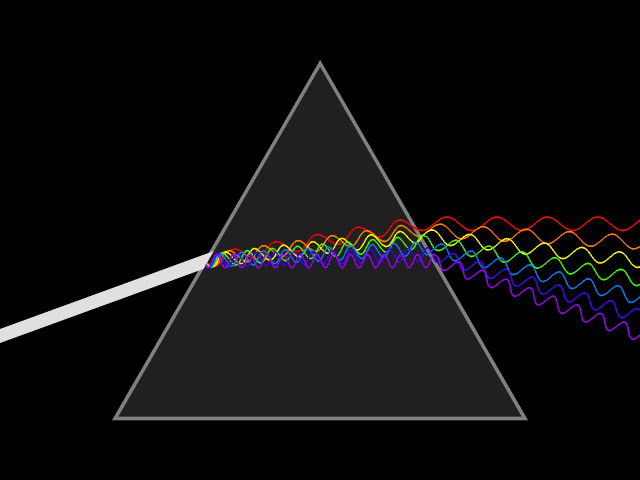Low-resolution spectroscopic survey
I spent the majority of my graduate-school time working on a low-resolution spectroscopic survey, the PRIsm MUlti-object Survey (PRIMUS). We (by we, I mean Scott Burles) installed a prism (image below, left) on IMACS, Magellan Baade Telescope. Because of the low resolution, each spectrum takes only about 150 pixels (in the dispersion direction, about 150x50 pixels in total) and we were able to observe about 2500 objects all at once. The prism also has a throughput close to 90% (not including the optical system of the telescope or atmosphere). The whole program took 39 nights, including observations of multiple calibration fields. We obtained low-resolution spectra for 300,000 galaxies down to i_AB=23.5, from which we successfully measured about 130,000 unique redshifts from z~0.1 to z~1. The first data release (DR1) is available at
http://primus.ucsd.edu/version1.html
And the details of the survey are described in Coil et al. (2011) and Cool et al. (2013).



In PRIMUS, we specifically targeted fields with exisiting multi-wavelength data, including ultraviolet (UV, GALEX), infrared (IR, Spitzer), X-ray (Chandra & XMM), and ground-based deep optical data. These redshifts and multi-wavelength data allow us to accurately measure and statistically study stellar mass, star formation rate, AGN activity, environment and their cross-correlations. These studies provide us with a better understanding of galaxy evolution over the past eight billion years. The figure above shows the lumiosity distribution of the galaxies in DR1. A list of PRIMUS publications can be found at
http://primus.ucsd.edu/#publications
In particular, Moustakas et al. (2013) measured the evolution of stellar mass functions of both quiescent and star-forming galaxies since redshift one with a Bayesian method and consistent treatments of systematic uncertainties (such as IMF) between different surveys. Aird et al. (2012) showed that the Eddington ratio distribution of AGNs does not depend on the stellar mass of the host galaxies.
Recently, people have started thinking about the possibility of using low-resolution spectroscopy to observe hundred of millions of galaxies in the LSST era. The workshop, Cosmology with Low-resolution Spectroscopy (organized by Scott Dodelson, Juan Estrata, and Dan Scolnic), is dedicated to exploring this idea:
https://kicp-workshops.uchicago.edu/LowResCosmology2020/index.php
A white paper is currently in progress.
Below: PRIMUS was conducted with the Magellan I (Baade) Telescope. Here are the photos of the twin Magellan telescopes (Baade and Clay) I took during one of the observing runs in January 2007. Ask me for versions of better quality!

